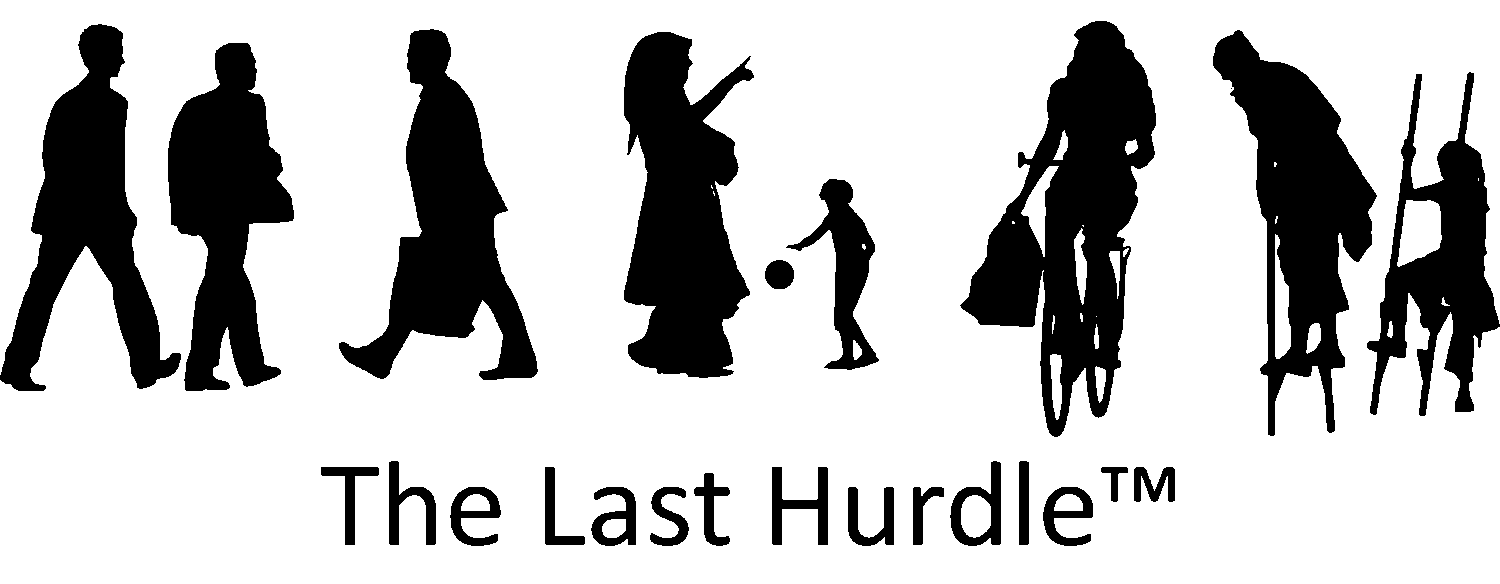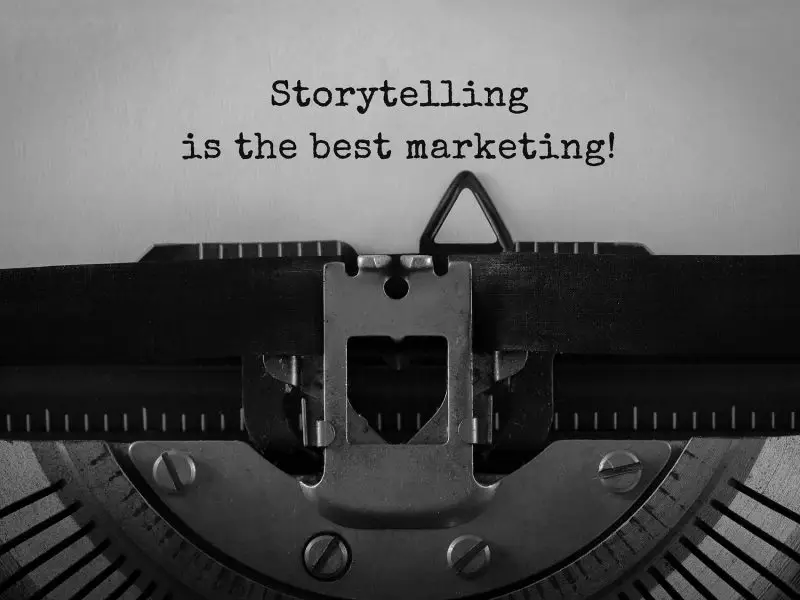Storytelling in Business Blogs - How to Write Content People Actually Want to Read
Let’s be honest, a lot of business blogs can feel like they were written by a robot who’s swallowed a thesaurus. Technical, jargon-heavy, and about as exciting as watching paint dry. And yet, blogs are meant to attract, engage, and persuade. So how do you make content that people actually want to read (and share)?
The answer: storytelling.
No, you don’t need to become the next Shakespeare. You just need to weave in a bit of narrative, relatability and humanity. Even in the most “dry” B2B industries, stories can turn a snooze-worthy blog into something memorable.
Why Storytelling Works in Business Blogs
Here’s the thing: people love stories. We always have. They’re easier to remember than facts, and they tap into our emotions as well as our logic.
Even in B2B, where decision-makers wear suits and look serious on LinkedIn, they’re still human beings with problems, goals and feelings. A story about how you helped another client overcome a challenge will stick in their minds much more than a list of bullet points or product features.
Stories don’t just tell readers what you do, they show it. And that’s so much more powerful.
The Key Elements of Storytelling in Content
Think of stories in your blogs like mini case studies. They don’t have to be long, but they do need a structure:
- Characters – Someone your reader can connect with. This could be a client, a team member, or even the reader themselves.
- Conflict / Challenge – What was the problem or pain point? Without a challenge, there’s no story.
- Resolution – How did you help solve the issue? What was the outcome?
- Takeaway / Lesson – What’s the “moral of the story” that the reader can learn and apply?
It’s the same formula used in films, books and even TV adverts, because it works.

Techniques for Weaving Narrative Into Blogs
So how do you sprinkle some storytelling magic into your next blog? Try these:
- Start with a hook: Instead of leading with dry facts, begin with a scenario your reader recognises. “You know that sinking feeling when your IT system crashes five minutes before a big meeting?”
- Mini case studies: Drop in short client anecdotes to make points real and relatable.
- Conversational language: Write how you’d talk. Swap “utilise” for “use” and “synergise” for… well, just don’t.
- Use “you” and “we”: It creates a dialogue, not a lecture.
- Analogies: They make tricky ideas simple. (E.g., “SEO is like a library filing system for Google.”)
Examples of Storytelling in Action
Storytelling isn’t just for novelists. Here’s how it can work in B2B blogs:
- Facilities management: Instead of “we provide proactive maintenance,” tell the story of how one small fix prevented a heating system breakdown that could have cost a client thousands.
- Pest control: Don’t just say “we remove infestations.” Describe the chaos of a home overrun with pests, and how you helped restore calm.
- Solicitors: Rather than saying “we offer conveyancing services,” share the story of how you guided a client through a stressful house move, smoothing out the legal bumps and giving them peace of mind.
Suddenly, you’re not just another provider, you’re the hero of a memorable story.

Using Data to Strengthen Your Stories
Stories connect with people on an emotional level — but sometimes, numbers seal the deal. Combining data with storytelling gives your blogs extra credibility.
For example: “70% of businesses struggle with X — here’s how we helped one client overcome it.”
The stat grabs attention and shows scale, while the story makes it relatable and memorable. Together, they speak to both the head and the heart.
Balancing Storytelling and Professionalism
Of course, balance is key. You don’t want your blog sounding like a bedtime story or oversharing irrelevant details. Keep your stories:
- Relevant – Stick to the point your audience cares about.
- Concise – A couple of paragraphs, not a novel.
- Professional but human – You can be approachable without being flippant.
- On-brand – Humour and personality are great but keep it aligned with your business voice.
Think of it like adding seasoning to a dish, enough to bring out the flavour, not so much that it overpowers the meal.
Practical Takeaways for Your Next Blog
If you want your next blog to connect, here’s a quick checklist:
✅ Start with a real-life example instead of a definition.
✅ Put people at the centre, clients, staff, or your reader.
✅ Swap jargon for plain English (nobody needs “synergy” in 2025).
✅ Use analogies and metaphors to bring concepts to life.
✅ End with a lesson or takeaway that ties back to your services.
Storytelling in Business Blogs
Storytelling isn’t fluff. It’s the secret ingredient that makes even technical, B2B content more engaging, relatable and memorable. By weaving in stories, you transform your blogs from “just another article” into something readers enjoy (and remember).
So next time you’re writing, skip the jargon, add a human touch, and tell a story worth reading.
Not sure how to find your story? The Last Hurdle can help you craft blogs that resonate with your audience — and keep them coming back for more. Call us on 01604 654545 or email [email protected]






One thought on “Storytelling in Business Blogs – How to Write Content People Actually Want to Read”